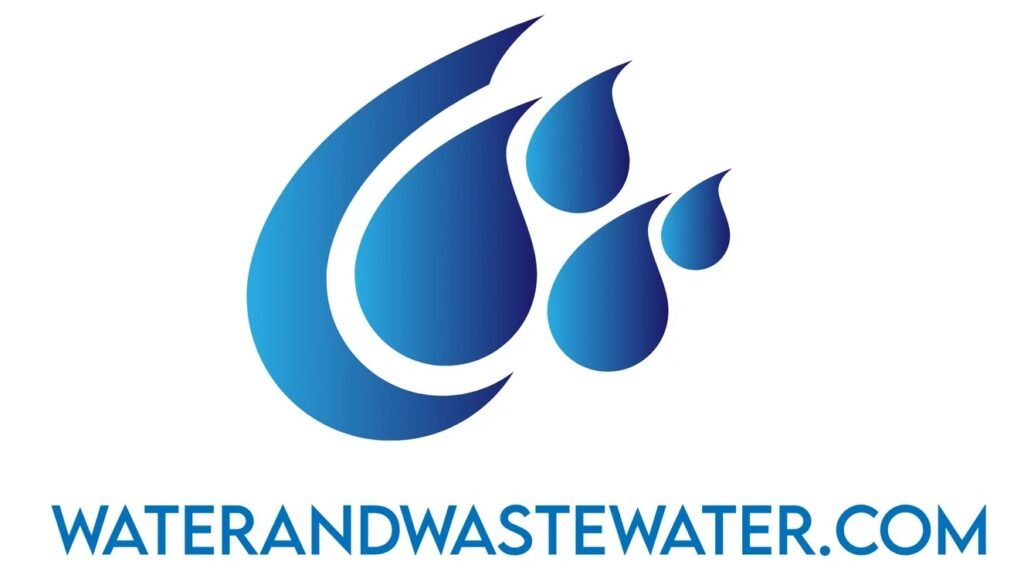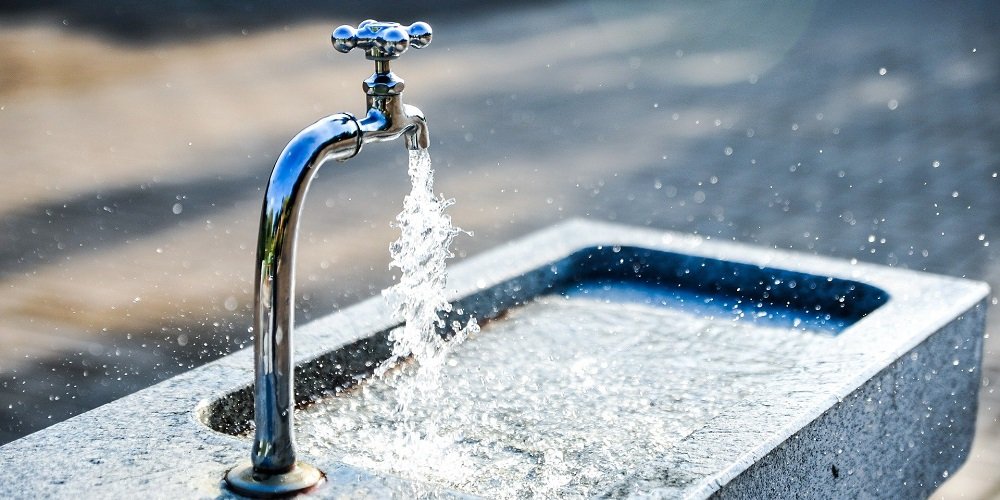
Water Filtration And Softening Systems
Water Filtration and Softening Systems: An In-Depth Overview
Water is an essential component of life, accounting for nearly 60% of the human body. The water we consume must be pure and free from contaminants to ensure our health and well-being. However, not all water sources are created equal. Many households rely on water filtration and softening systems to improve the quality of their drinking water. In this article, we will explore the various types of water filtration and softening systems, their importance, and how they work.
Table of Contents
- Introduction
- Understanding Water Quality
- Importance of Water Filtration and Softening
- Types of Water Filtration Systems
- 4.1 Activated Carbon Filters
- 4.2 Reverse Osmosis Systems
- 4.3 Ultraviolet (UV) Disinfection
- 4.4 Ion Exchange Filters
- 4.5 Ceramic Filters
- 4.6 Sediment Filters
- Water Softening Systems
- 5.1 What is Hard Water?
- 5.2 Types of Water Softeners
- 5.2.1 Traditional Salt-based Softeners
- 5.2.2 Salt-free Softeners
- 5.2.3 Dual-tank Softeners
- Choosing the Right System for Your Needs
- Maintenance of Water Filtration and Softening Systems
- Common Misconceptions About Water Filtration and Softening
- Conclusion
- FAQs
1. Introduction
In the modern world, ensuring access to safe and clean drinking water is more critical than ever. The quality of tap water can vary greatly depending on geographic location, local infrastructure, and treatment practices. To address these challenges, many households are turning to water filtration and softening systems. These systems help remove impurities, contaminants, and minerals that can affect water quality and taste.
2. Understanding Water Quality
Before diving into the specifics of water filtration and softening, it’s essential to understand what constitutes good water quality. The following parameters are vital when assessing water quality:
- Microbiological Contaminants: Bacteria, viruses, and protozoa can pose health risks.
- Chemical Contaminants: Pesticides, heavy metals, and industrial chemicals can be harmful if ingested.
- Physical Characteristics: Suspended solids, coloration, and turbidity affect water’s aesthetic appeal.
- Hardness: The presence of calcium and magnesium can affect water’s taste and the performance of appliances.
3. Importance of Water Filtration and Softening
Contaminants in water can lead to a variety of health issues, and exposure to hard water can cause mineral buildup in pipes and appliances. Water filtration and softening systems offer numerous advantages, including:
- Improved Taste and Smell: Filtration removes chlorine and other unpleasant tastes and odors.
- Healthier Water: Removal of harmful bacteria, viruses, and chemicals helps protect public health.
- Reduced Scaling: Softening prevents mineral buildup, prolonging the life of plumbing and appliances.
- Environmental Benefits: By reducing bottled water consumption, filtration systems help decrease plastic waste.
4. Types of Water Filtration Systems
There are several types of water filtration systems, each with its unique mechanism for purifying water. Here’s a closer look at some of the most common types:
4.1 Activated Carbon Filters
Activated carbon filters are among the most popular types of water filtration systems. They work by adsorbing impurities and contaminants within a porous carbon medium.
-
Advantages:
- Effective at removing chlorine, volatile organic compounds (VOCs), and bad odors.
- Low maintenance and relatively inexpensive.
- Disadvantages:
- Limited capacity to remove minerals and certain heavy metals.
4.2 Reverse Osmosis Systems
Reverse osmosis (RO) systems are more comprehensive and can filter out a wide range of impurities. These systems use a semipermeable membrane to separate contaminants from water.
-
Advantages:
- Highly effective at removing dissolved solids, heavy metals, and microorganisms.
- Produces high-purity water for drinking and cooking.
- Disadvantages:
- More expensive upfront cost and requires more maintenance.
- Hydrostatic pressure is necessary for effective filtration.
4.3 Ultraviolet (UV) Disinfection
UV disinfection systems use ultraviolet light to kill bacteria, viruses, and other pathogens. This method is chemical-free and environmentally friendly.
-
Advantages:
- Effective against microorganisms without altering water taste.
- Minimal maintenance required.
- Disadvantages:
- Does not remove chemical contaminants or sediments.
- Requires electricity to operate.
4.4 Ion Exchange Filters
Ion exchange filters are commonly used for water softening, but they can also be effective at removing certain contaminants. The process involves exchanging ions in the water with ions in the resin media.
-
Advantages:
- Good at removing heavy metals and hardness minerals.
- Can be used alongside other filtration systems for enhanced performance.
- Disadvantages:
- Requires periodic regeneration with salt or another solution.
4.5 Ceramic Filters
Ceramic filters utilize a porous ceramic material to remove sediments, bacteria, and larger particles from water.
-
Advantages:
- Effective at removing pathogens and sediment.
- Long-lasting and reusable with proper cleaning.
- Disadvantages:
- Limited effectiveness against chemicals and dissolved solids.
4.6 Sediment Filters
Sediment filters are used as pre-filters to remove larger particles such as sand, silt, and rust. They often protect other filtration systems downstream.
-
Advantages:
- Cost-effective and easy to maintain.
- Extends the life of other filters in a multi-stage system.
- Disadvantages:
- Not effective at removing chemical contaminants.
5. Water Softening Systems
Water softening systems are designed to address the problem of hard water, which can cause scaling, soap scum, and reduced efficiency of appliances.
5.1 What is Hard Water?
Hard water contains high levels of calcium and magnesium ions. While not hazardous to health, hard water can lead to problems such as:
- Buildup of scale in pipes and appliances.
- Decreased lathering ability of soaps and detergents.
- Spots on dishes and water stains on fixtures.
5.2 Types of Water Softeners
There are several types of water softening systems, each employing different methods for removing hardness minerals:
5.2.1 Traditional Salt-based Softeners
Traditional salt-based softeners use ion exchange technology to replace calcium and magnesium ions with sodium ions, effectively softening the water.
-
Advantages:
- Highly effective at removing hardness.
- Reduces scaling and improves soap efficacy.
- Disadvantages:
- Adds sodium to drinking water, which may concern some people.
- Requires regular salt refills.
5.2.2 Salt-free Softeners
Salt-free systems use various processes, such as template-assisted crystallization, to condition water rather than remove hardness minerals.
-
Advantages:
- No salt is added to water, making it more suitable for those on low-sodium diets.
- Little maintenance required.
- Disadvantages:
- May be less effective in heavily laden hard water areas.
- Does not remove existing mineral deposits.
5.2.3 Dual-tank Softeners
Dual-tank water softeners promise uninterrupted soft water supply. One tank regenerates while the other supplies water, ensuring a consistent flow.
-
Advantages:
- No downtime during regeneration.
- Efficient for larger households with high water demands.
- Disadvantages:
- Higher initial investment and larger system footprint.
6. Choosing the Right System for Your Needs
Selecting the appropriate water filtration and softening system requires considering several factors:
- Water Quality Test: Perform a water quality test to identify specific contaminants and hardness levels in your water.
- Household Size: Consider the number of family members and the average daily water usage.
- Budget: Factor in initial costs, installation fees, and long-term maintenance expenses.
- Personal Preferences: Identify any preferences, such as avoiding added sodium or requiring zero electricity.
7. Maintenance of Water Filtration and Softening Systems
Proper maintenance is essential for optimal performance. Here are general maintenance tips:
- Regular Replacement: Change filters according to the manufacturer’s recommendations, typically every 6-12 months.
- Sanitization: Regularly sanitize components, including the storage tank in RO systems.
- Inspect Parts: Check for any leaks, wear, or damage, especially in plumbing connections.
- Test Water Regularly: Conduct routine water quality tests to ensure system effectiveness.
8. Common Misconceptions About Water Filtration and Softening
Despite the benefits of water filtration and softening, several misconceptions persist:
-
Myth: All tap water is safe to drink.
- Fact: Tap water quality varies greatly; filtration is often needed.
-
Myth: Softened water is unhealthy.
- Fact: Softened water is safe for cleaning and cooking, but it is slightly higher in sodium.
- Myth: Water filters remove all contaminants.
- Fact: Different filters target different contaminants; a comprehensive system may be needed for complete protection.
9. Conclusion
In an era of rising concerns about water quality, investing in a good water filtration and softening system is prudent for maintaining health, protecting appliances, and enhancing lifestyle quality. From selecting the right system tailored to your needs to regular maintenance practices, understanding these systems can significantly benefit you and your family.
10. FAQs
Q1: How often should I replace my water filter?
A: Typically, filters should be replaced every 6-12 months, but check the manufacturer’s recommendations.
Q2: Are water softeners necessary?
A: If you have hard water, a water softener can prevent scaling and improve appliance efficiency.
Q3: Can I use both water filtration and softening systems?
A: Yes, many households use both systems to ensure clean drinking water that is also free from hardness minerals.
Q4: Is it safe to drink softened water?
A: Yes, softened water is safe for general purposes. However, consult a doctor if you are on a low-sodium diet.
Q5: What does a water quality test entail?
A: A water quality test examines physical, chemical, and microbiological characteristics to identify contaminants and guide treatment options.
By investing in an appropriate water filtration and softening system, you can ensure that the water you and your family consume is not only safe but also pleasant and beneficial for your daily needs.
